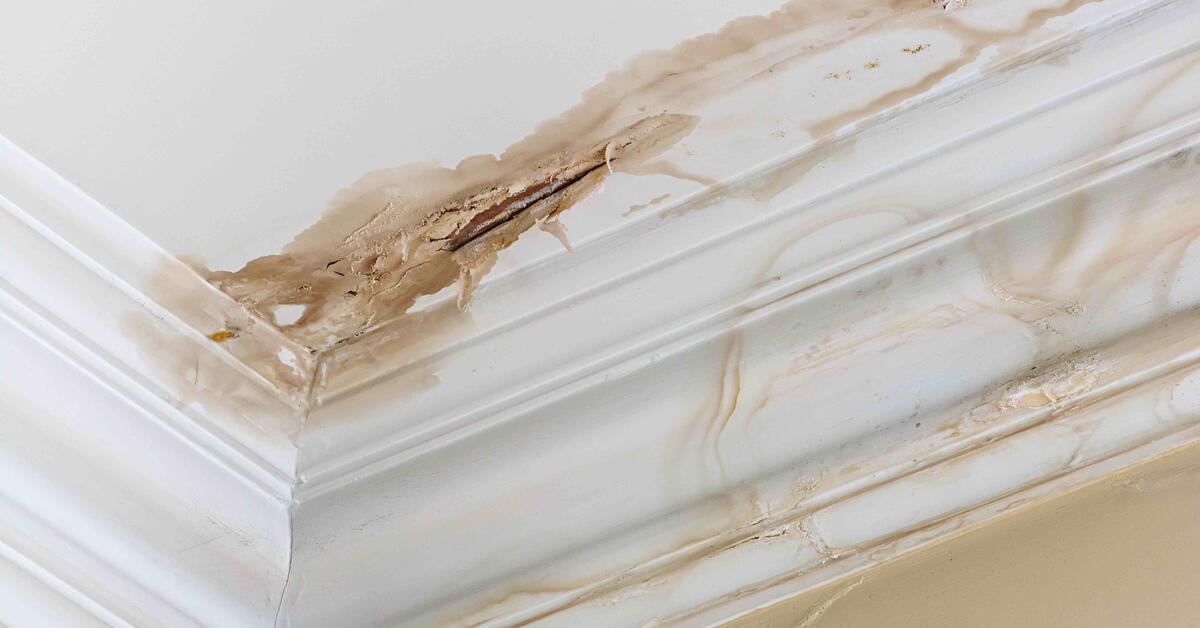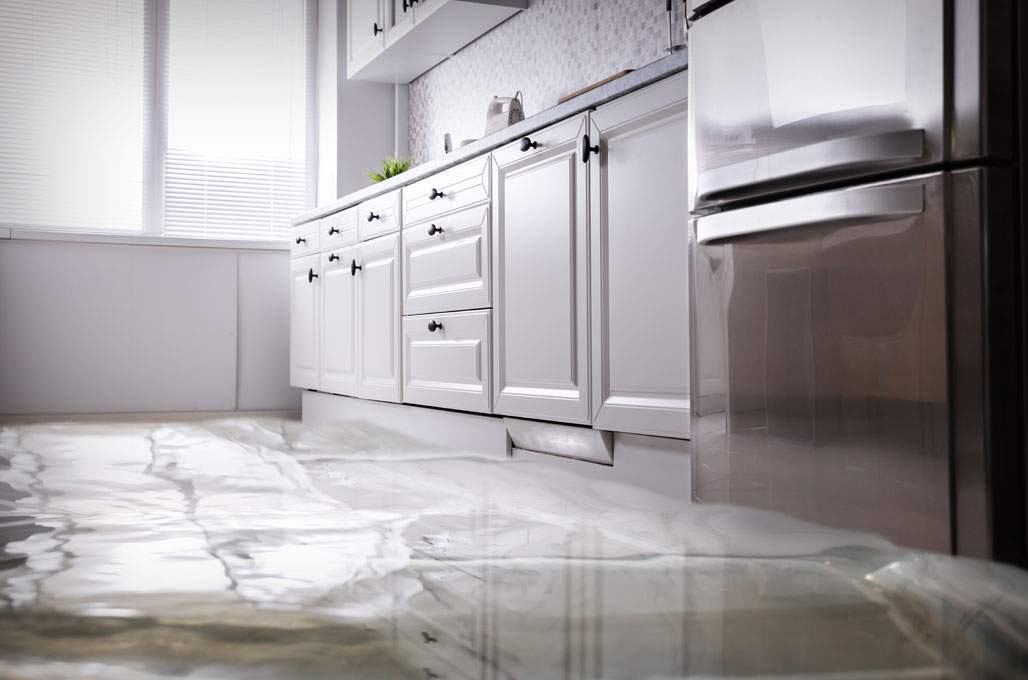Expert Water Extraction Services to Safeguard Your Property from Damage
Wiki Article
The Refine of Water Damages Cleaning: Guaranteeing Your Home Is Brought Back Efficiently
Water damage can be a daunting difficulty for home owners, necessitating a structured and precise cleanup process to recover safety and functionality. An extensive analysis is important to determine the extent of the damage and determine the proper remediation steps. Following this, reliable water extraction techniques play a crucial duty in mitigating additional injury. The nuances of drying, sterilizing, and ultimate restoration are similarly necessary and usually overlooked. Comprehending these stages can make a considerable distinction in the outcome of your home's restoration, motivating a closer take a look at what each step requires.Examining the Damage
Upon finding water damages, the initial step is to thoroughly examine the degree of the impact. This first assessment is crucial, as it aids figure out the required steps for efficient clean-up and remediation. Begin by evaluating the influenced locations, including walls, ceilings, floors, and personal items, to recognize the resource of the water breach, whether from flooding, leakages, or condensation.Documenting the damages is crucial for both insurance policy cases and intending remediation initiatives - damage restoration services. Use pictures and composed notes to record the extent of the damage, noting any kind of affected architectural components and products. Pay unique focus to locations that might not be immediately visible, such as behind wall surfaces and under rugs, as hidden dampness can lead to further complications, including mold and mildew development
Additionally, analyze the timeline of the water exposure. Ultimately, a detailed evaluation lays the foundation for a successful water damage cleaning process, making certain that all impacted locations are addressed effectively and extensively.
Water Removal Methods

Professionals generally use submersible pumps for larger quantities of water, which can swiftly relieve flooding in cellars or other affected areas. For smaller sized amounts, wet/dry vacuum cleaners are often made use of to remove residual moisture from carpets and difficult surfaces. Furthermore, using mobile extractors enables targeted removal in restricted areas or locations with delicate products.
In circumstances of polluted water, such as sewage or floodwater, advanced extraction methods may include making use of biohazard tools to ensure security and compliance with health and wellness guidelines. High-powered extraction devices are vital in reducing water retention in structural materials, which can lead to mold and mildew growth and structural wear and tear otherwise addressed immediately.
Inevitably, the performance of water removal techniques plays a pivotal role in the general success of the water damage cleaning procedure, preparing for succeeding restoration initiatives.
Drying and Dehumidification
When standing water has been effectively extracted, the next critical phase in the water damage cleaning process is drying and dehumidification. This action is necessary to prevent additional damage and mold growth, which can take place within 24 to 48 hours in damp settings.To attain effective drying, specific devices such as industrial-grade air moving companies and dehumidifiers is utilized. Air moving companies distribute air across wet surfaces, enhancing dissipation rates, while dehumidifiers decrease humidity degrees airborne, promoting a conducive setting for drying. The mix of these devices makes sure that dampness is drawn out from floorings, walls, and home furnishings, enabling them to completely dry extensively.
It is essential to keep an eye on the drying procedure carefully. Professionals often utilize dampness meters to evaluate the dampness content in various materials, making sure that all affected areas get to appropriate dry skin levels. This thorough method helps to protect against water damage cleanup covert wetness pockets that could cause structural damage or unhealthy mold and mildew growth.

Cleaning and Disinfecting
After the drying out and dehumidification stage is full, the following essential step in water damages cleanup is cleaning and sterilizing the impacted areas. This process is critical to avoid the development of mold and mildew, microorganisms, and various other pathogens that flourish in moist atmospheres.The cleaning stage commonly entails removing any type of particles, dirt, and pollutants from surface areas using specialized cleaning up representatives. For hard surface areas, a mix of soap and water or business cleansing items is frequently employed. Soft products, such as furniture and rugs, might require much more considerable cleaning techniques, consisting of vapor cleansing or deep extraction techniques, to ensure complete hygiene.

Sanitizing adheres to cleaning, making use of EPA-approved disinfectants to get rid of harmful microbes. This step is necessary, specifically in locations that may have entered call with floodwaters or sewer, as these resources can position severe wellness threats.
Additionally, it is essential to resolve any staying smells, which might need making use of smell neutralizers or innovative techniques like ozone treatment. Correct cleansing and sanitizing not just bring back the safety and hygiene of your home yet additionally lay the groundwork for effective remediation and repair work in succeeding phases of the water damage cleanup procedure.
Reconstruction and Repair Services

When the analysis is full, restoration initiatives can start. In addition, flooring may require comparable focus, depending on the level of water direct exposure.
It is critical to engage skilled repair specialists throughout this process, as they have the competence to take care of intricate repair services efficiently. Additionally, they can assist reduce possible future issues, such as mold and mildew growth or architectural instability, therefore making sure a safe and habitable living setting. Inevitably, effective restoration and repairs restore the home's stability and improve its total value.
Conclusion
Finally, the process of water damages cleaning is critical for restoring a home to its pre-damage problem. Each phase, from assessing the damage to executing reliable water removal strategies, adhered to by detailed drying out, sanitizing, and required repair work, plays an important function in guaranteeing safety and conformity with building criteria. Efficient execution of these actions not just alleviates instant damages however additionally enhances the long-term stability and value of the home.Water damage can be a daunting obstacle for property owners, demanding a structured and meticulous clean-up process to bring back safety and capability. Eventually, a thorough analysis lays the groundwork for an effective water damage clean-up process, ensuring that all impacted areas are dealt with properly and completely.
Reliable water removal strategies are necessary in minimizing damages and stopping further issues following a water breach occasion.In conclusion, the process of water damages cleaning is critical for bring back a home to its pre-damage problem. Each phase, from examining the damage to implementing effective water removal methods, complied with by extensive drying, disinfecting, and necessary repairs, plays a vital duty in guaranteeing safety and security and conformity with structure criteria.
Report this wiki page